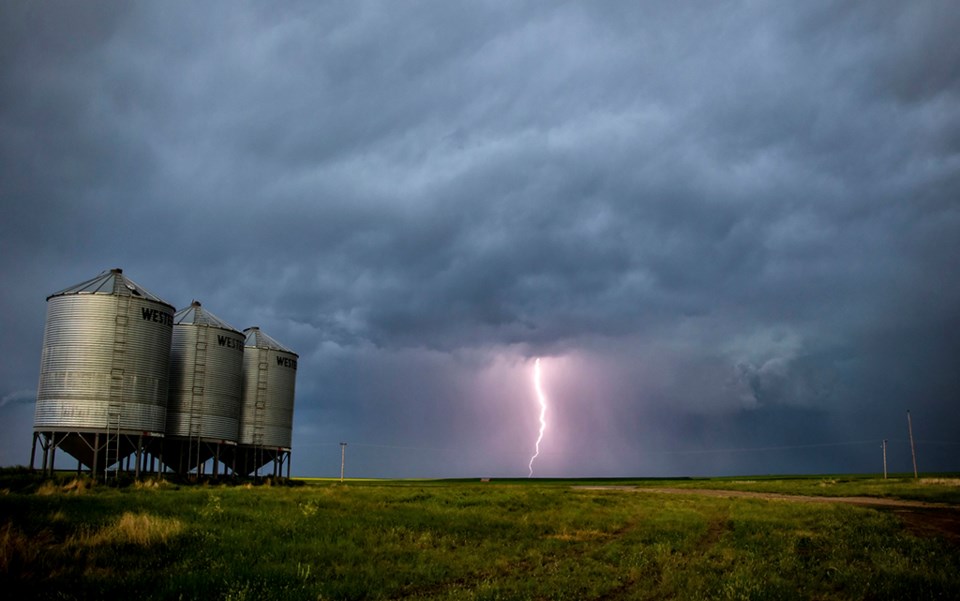YORKTON — The region received more rain this week and some areas of the region experienced flooding and drowning out of some seeded crops. The rain stalled last minute attempts of some producers to get the last of their fields seeded. The rain also hampered spraying activities across the region. For most of the region crops germinated well and hay and pasture land is fairing well under the current growing conditions.
The Pelly area received 72 mm, the Saltcoats and Melville areas 61 mm, the Yorkton area 42 mm, the Rose Valley area 30 mm and the Bethune area 10 mm. Producers are now hoping for warm sunny days with minimal wind to allow their crops to grow rapidly. Weeds have been noted to be growing quickly now that daytime temperatures have been higher, but recent conditions have hampered attempts to control them.
The topsoil moisture rating has improved once again with the almost weekly rain the region seems to receive. Cropland topsoil moisture rating is 17 per cent surplus, 67 per cent adequate and 16 per cent short. Hay and pasture land is rated as 12 per cent surplus, 69 per cent adequate 18 per cent short and three per cent very short.
Regionally, 76 per cent of the fall cereals, 41 per cent of the spring cereals, 28 per cent of the oilseed crops and 60 per cent of the pulse crops are at their normal stages of development for this time of year. Twenty-one per cent of the fall cereals, 58 per cent of the spring cereals, 72 per cent of the oilseed crops and 35 per cent of the pulse crops are behind in crop development. Cool weather and excess moisture delayed many crops early in the season.
Producers are busy spraying when able and scouting for insects and disease. Areas that had been damaged by flea beetles are now reseeded and will hopefully catch up to the rest of the crop quickly.

